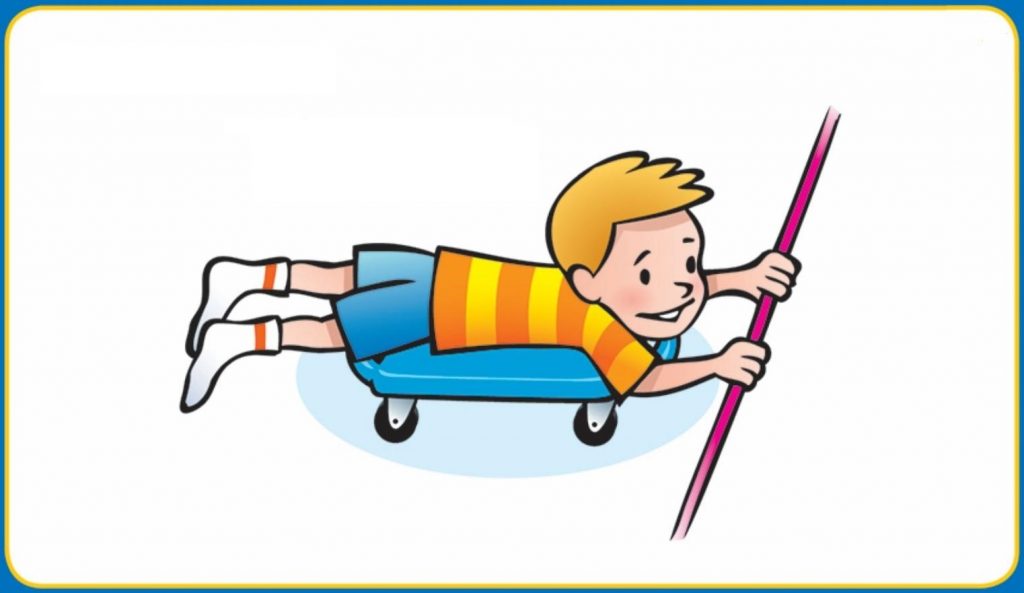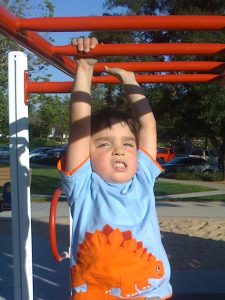Motor Planning
Playing with Purpose
Motor Planning is the ability to move your body in ways necessary to accomplish a task.
- Delays in accomplishing motor milestones.
- Issues performing new or novel tasks that should be within the child’s repertoire. Such as, circling arms forward but not able to circle backward. They can jump but can’t jump in a circle.
- Trouble stringing together a succession of movements or actions, like on an obstacle course. They have each skill such as jump, hop, and squat, but can’t figure out how to do them in rapid succession.
- Issues making the two body sides work together in a coordinated fashion at the same time (like jumping) or reciprocally (like skipping).
After a brief period of learning, it should come naturally and the child shouldn’t need to think hard about how to accomplish the new motor tasks.
If you have trouble motor planning, the large actions of your body, you’ll also likely have issues with the finer actions of your hands, mouth and/or eyes. In general, we work in a developmental progression, which means we deal with the large body actions first.
Here are some fun possibilities for working on motor planning at home:
- Use scooter boards and pull your child as fast as they can tolerate in many different positions, such as sitting or lying on their tummy. Attach a rope to a stable object, such as a door, and let them pull themselves hand over hand.
- Try Jumping-Jacks
- Ride on a sled while trying to maintain stability and your path
- Have a dance party and teach each other moves
- Play on the Monkey Bars at the park
- Follow the leader as you move your bodies in different positions and patterns
The activities we’ve emphasized are whole body motor planning activities. When the brain gets the message of how to do these full body activities, we frequently see a trickle effect to other types of motor planning. Such as, fine motor control for the hands, eyes, and mouth.
Many academic pursuits are based on motor planning accomplishments. Reading, for example, requires that your eyes move together smoothly across the page. Learning the alphabet and number concepts require you to follow a left to right progression.
Working on motor planning can be a whole family activity. Don’t think about the work you’re doing, just think about the fun! (Pic: ice skating, family dance party)
If you need help with specific activities for your child, please don’t hesitate to contact me.
Keep up with our most current ideas and information by following our Facebook page.
Sensory processing problems, frequently underlay issues of postural control and motor planning. Consider a Tomatis sound training program. During the pandemic, our home programs are especially popular. We love having the opportunity to take these extended periods of time at home and turn them into productive time for the children.



Comments are closed.